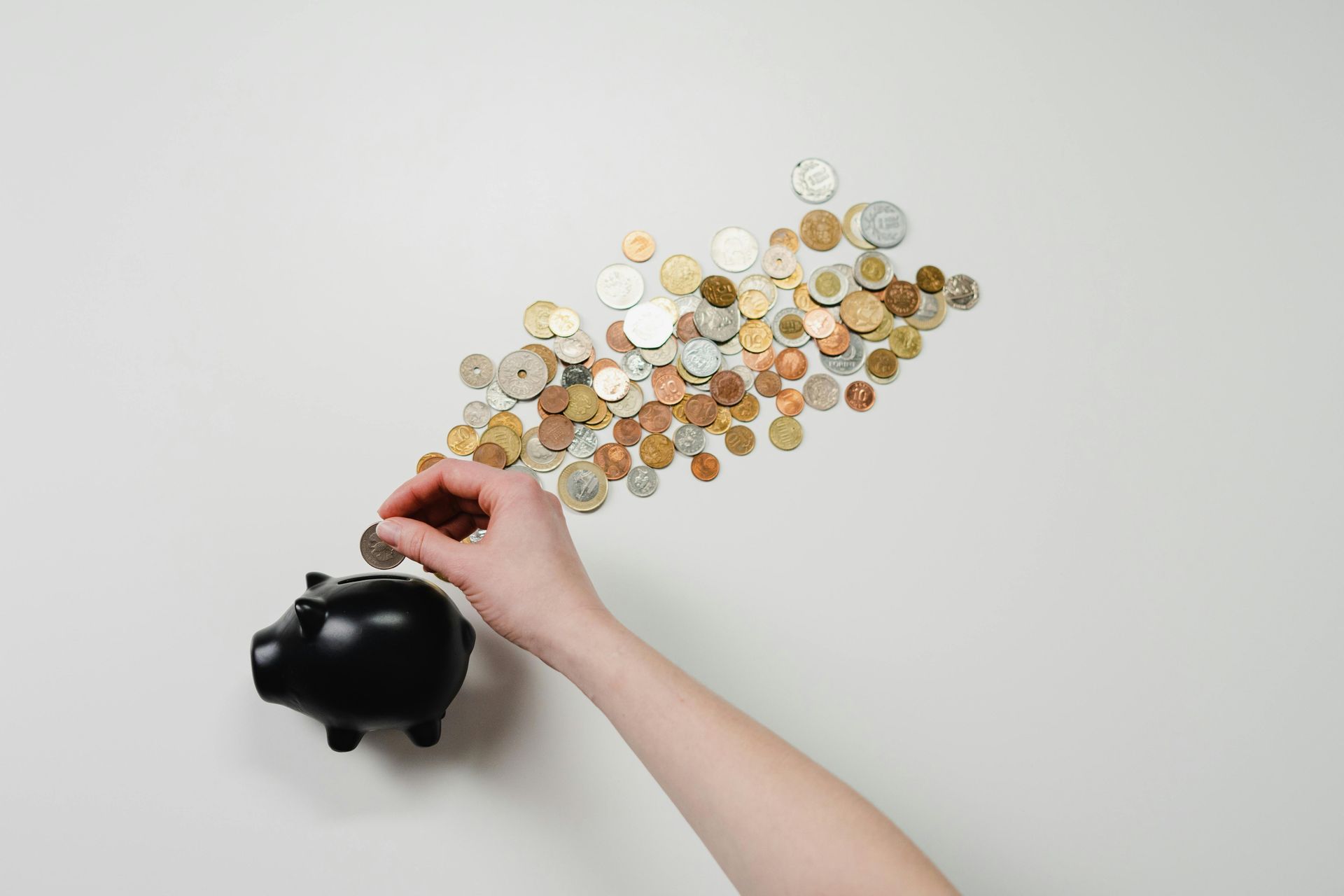How To Save Your Car in Tennessee Bankruptcy
Many bankruptcy petitioners worry about whether or not they can save their car if they file Tennessee bankruptcy. By filing Chapter 13 bankruptcy, Tennessee bankruptcy petitioners can save their house and their car.
What Type of Debt is an Auto Loan?
A bankruptcy petitioner’s car loan is a secured debt, so if loan payments aren’t made, the lender can take the property back. Secured debt cant be discharged during bankruptcy like unsecured debt, however the lien must be paid off over the term of the plan to obtain a clear title at the end of the case.
What is an Unsecured Debt?
Unsecured debt is not debt to pay off a loan with collateral, Normally unsecured debt (like credit cards or medical bills) can be completely discharged in bankruptcy.
Can Bankruptcy Help if You Have Secured Debt?
A well experienced bankruptcy attorney can help petitioners structure a plan to pay secured debts back over time. We find solutions to difficult financial problems every day.
How Do I Keep My Car During Tennessee Bankruptcy?
When the bankruptcy court approves your Chapter 13 bankruptcy plan, your car payments are frequently lowered by adjusting the repayment term of the debt, the interest rate, and/or the repayment amount per month. The revised monthly payments fulfill your “monthly” payments obligations for your secured debts (like your car), so you do not need to fear that your car will be repossessed while you are in Chapter 13 bankruptcy, as long as you make your Chapter 13 bankruptcy payments on time. When the Chapter 13 bankruptcy plan is completed (after 3-5 years), the bankruptcy petitioner has usually paid off the car secured balance and there is nothing owed to common unsecured creditors. (Please note however there may be non-dischargeable debts that may still be owed. So you must explore this issue with your lawyer).
Why Chapter 13 Bankruptcy Allows Petitioners to Keep Important Assets:
When a bankruptcy petitioner chooses to file Chapter 13 bankruptcy, the automatic stay stops all collection activity, including any action your auto lender may be taking to repossess your vehicle. A Chapter 13 bankruptcy allows petitioners to pay on the car throughout their approved payment plan (either three years or five years). During that time, the bankruptcy petitioner keeps their vehicle and pays on the car debt, but not necessarily to make their current car payment. In fact the Chapter 13 car payment is normally lower than their contractual car payment. At the end of the agreed-on payment plan, the petitioner’s remaining unsecured debts (i.e., credit card bills, medical bills, etc.) are discharged, and the secured loans (auto loan, etc.) are current or more frequently paid and satisfied.
If you’d like to file bankruptcy, but you’re afraid of losing your car or other assets, discuss your options with an experienced bankruptcy attorney. Don’t hesitate to call Ken Rannick at Kenneth C. Rannick P.C., Tennessee, and Georgia bankruptcy attorney. We help good people through bad times.
The post How To Save Your Car in Tennessee Bankruptcy appeared first on Kenneth C. Rannick, P.C..











